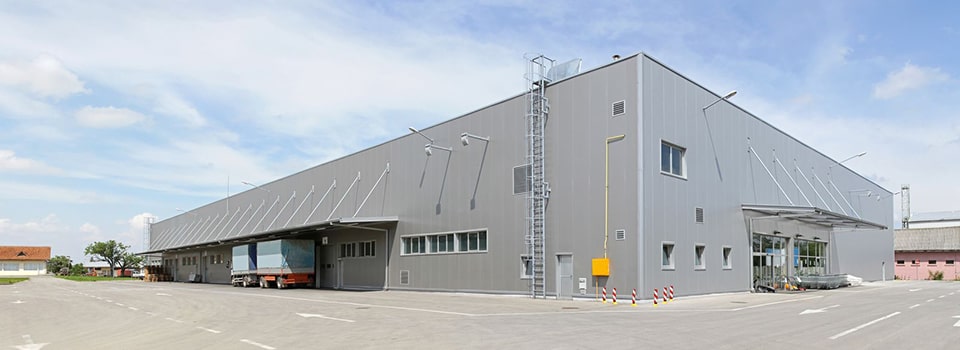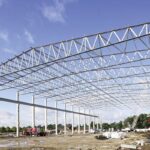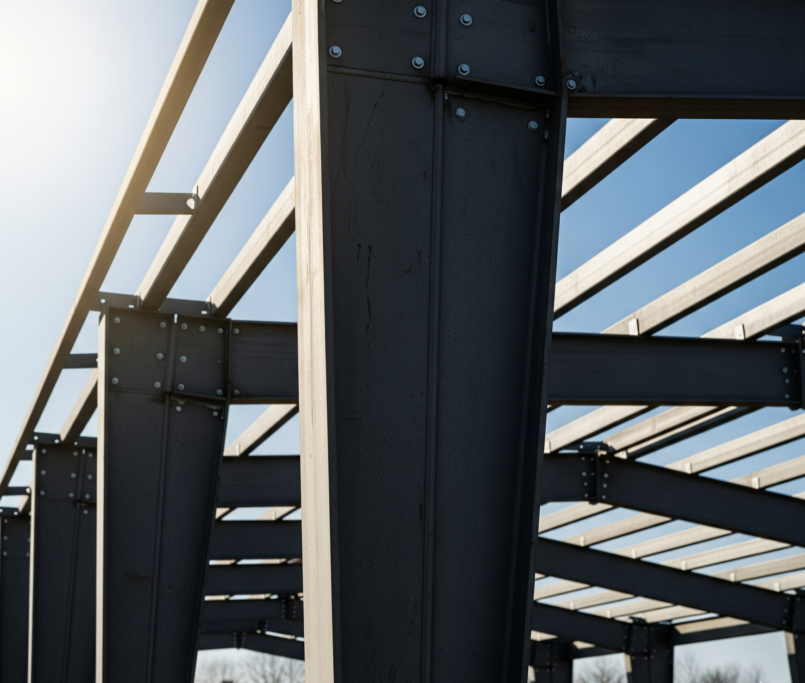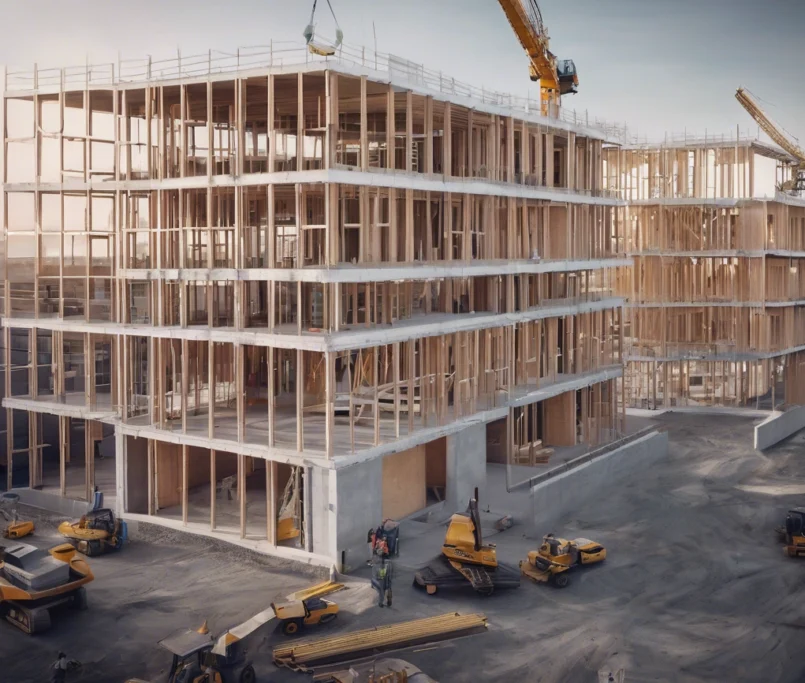What Are Prefabricated Structures? A Complete Guide for Modern Construction
In recent years, construction has seen a major shift. What used to take months on-site can now be completed in a matter of weeks. At the heart of this transformation lies one key innovation: prefabricated structures.
For anyone exploring modern construction methods, prefabricated construction can seem overwhelming at first. But in reality, it’s a smarter, cleaner, and faster way to build. This guide simplifies the concept and outlines where it fits in today’s rapidly evolving infrastructure landscape.
What Are Prefabricated Structures?
Prefabricated structures are buildings or components manufactured off-site in a controlled factory setting and then transported to the construction site for quick assembly.
Rather than building everything from scratch on-site — which is time-consuming, weather-dependent, and often inefficient — prefab construction allows for:
- Higher precision and quality control
- Faster project timelines
- Reduced material waste
- Safer, cleaner work environments
Types of Prefabricated Construction Methods
Understanding the variations in prefab systems helps in choosing the right approach for a project. Here are some common types:
1. Prefabricated Steel Structures
Used in warehouses, commercial buildings, and industrial facilities, these steel frames are manufactured off-site and assembled with speed and precision. They are durable, weather-resistant, and highly scalable.
2. Modular Construction
Entire sections or “modules” — such as rooms or office units — are built in a factory and then installed together on-site. Modular buildings can be permanent or temporary and are ideal for schools, offices, hospitals, and more.
3. Panelized Construction
Wall, floor, and roof panels are prefabricated and later assembled at the site. This method offers flexibility in design while still saving time and labor.

Common Mistakes to Avoid
Despite its many advantages, prefab construction can go wrong when:
- Poor quality vendors are selected
- Lack of coordination between design and site teams
- Transport and on-site assembly are poorly managed
WhiteFoxInfra offers end-to-end prefabrication solutions that include design, vendor coordination, and on-site supervision — ensuring high-quality, timely delivery across all sectors.
Advantages of Prefabricated Structures
- Speed: Significantly reduced construction time
- Cost Efficiency: Lower labor costs and minimized delays
- Quality Assurance: Factory-controlled production standards
- Sustainability: Reduced waste and lower carbon impact
- Safety: Controlled factory environment reduces risks
Where Are Prefabricated Structures Used?
Prefabrication is ideal for:
- Corporate and commercial office spaces
- Industrial warehouses and plants
- Healthcare buildings
- Educational institutions
- Retail infrastructure
Thinking Prefab for Your Next Project?
WhiteFoxInfra helps businesses and developers unlock the full potential of prefab construction through customized, end-to-end solutions.
Contact us today to explore how prefabricated construction can save time, reduce cost, and deliver smarter buildings — faster.











